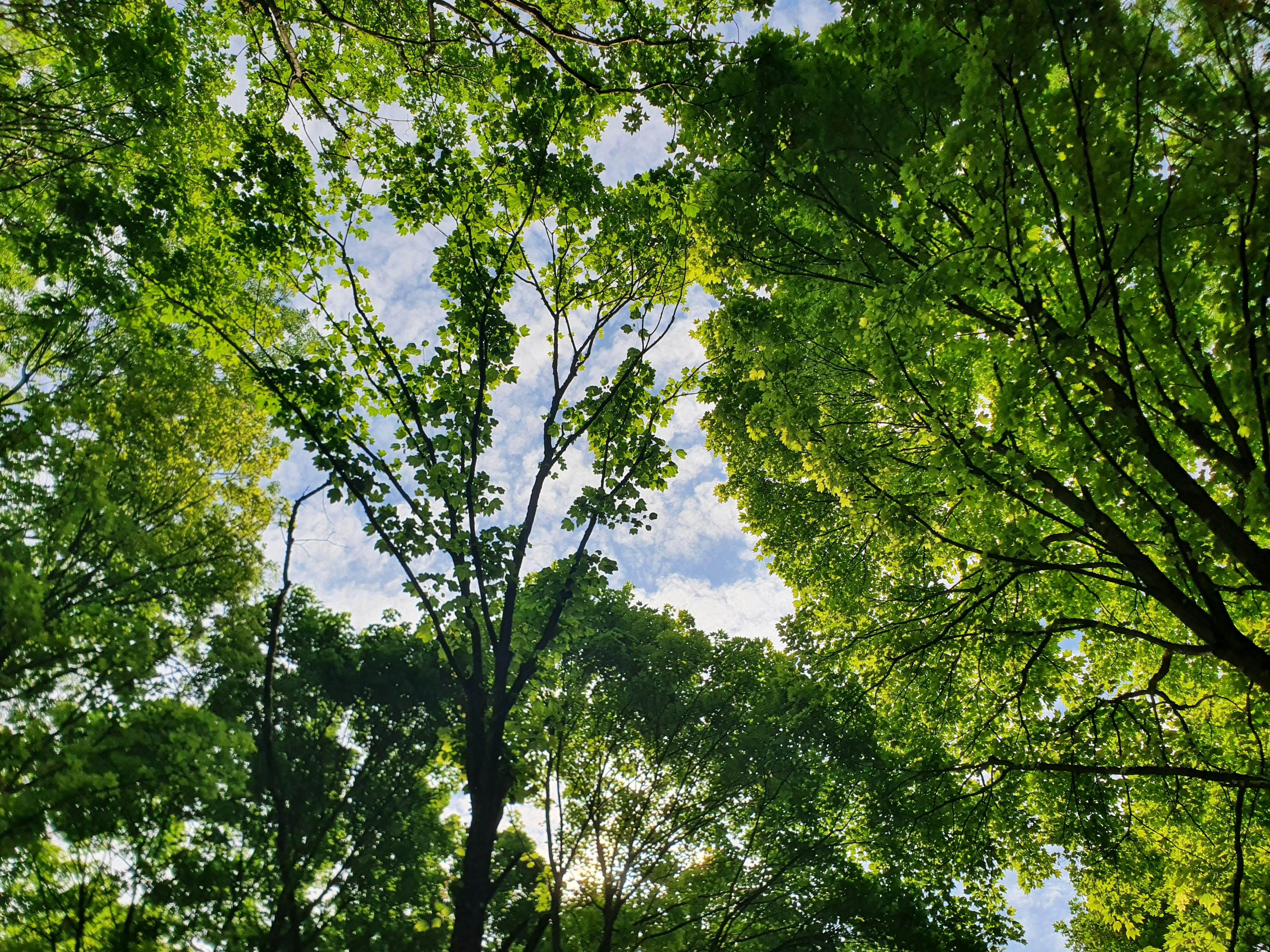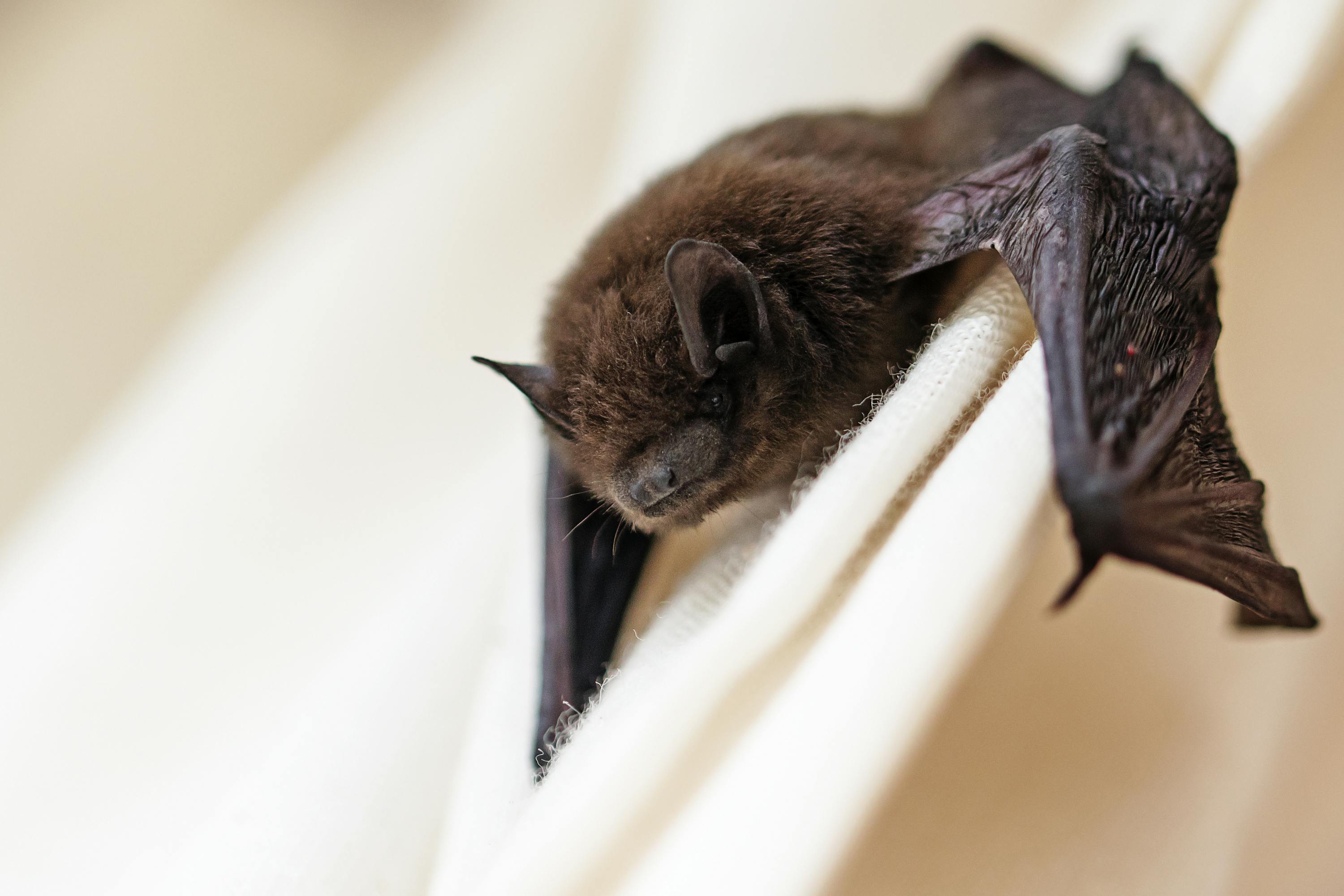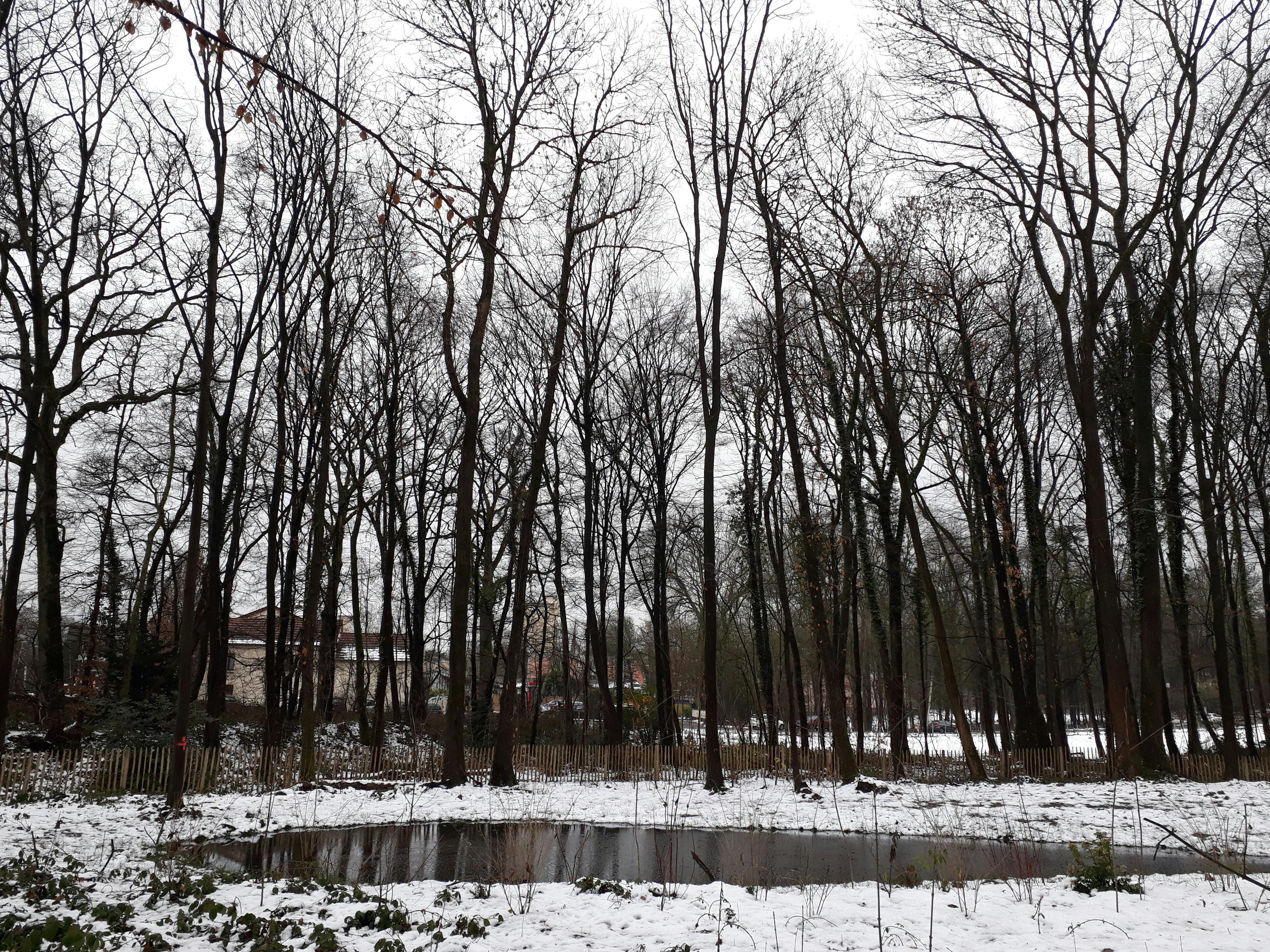Compensate
UNDERSTANDING THE ESSENTIALS
Julien Desille is in charge of environmental expertise at Île-de-France Mobilités. It supervises the implementation of ecological and forestry compensatory measures.

Domaine Ormersson
How did you choose the C1 Cable compensation sites?
We always try to compensate for the environmental impacts as close as possible to the impacted area, but as the surroundings of the C1 Cable are heavily built-up, they do not offer suitable spaces. The quality of the compensation sites is a decisive criterion. Indeed, in the case of ecological compensation, we look for land with degraded ecological functionalities to bring added value. As the objective is to recreate habitats for a target species, and not for the individuals impacted on the original site, the distance from the compensation site is not problematic. The same applies to forest compensation, which consists of maintaining forestry capital. The sites were identified with the help of CDC Biodiversité.

Pipistrelle common
In terms of ecological compensation, what animal and plant species are you looking to develop on the sites and how?
The main impacts concern avifauna (birds) and bats (bats). The creation of habitats for these species consists of developing wooded areas composed of several plant strata (conducive to biodiversity), clearings where insects reproduce (feeding areas) and trees with suitable cavities (areas where birds and bats are welcomed)

Wild Cherry
Regarding forest compensation, what actions are you going to take to ensure the survival of at least 85% of the plants planted?
We seek to create favourable conditions for the species of trees that we want to plant. To do this, we combine a main crop with resource crops (apple trees, wild cherry trees, etc.) which will, for example, contribute to soil infiltration or to fight against certain diseases. In recent years, forestry production has been reoriented, and is changing its plant palette with trees that are more adapted to global warming.

T10 Compensation, Pond
What are the project owner's commitments in terms of compensation?
Whether the compensation is forest or ecological, it commits the Project Owner to:
- maintain and maintain compensation sites;
- guarantee a rate of recolonisation for animal species and recovery for plant species;
- ensure careful monitoring of the evolution of the sites for 15 years for forest compensation or 30 years for ecological compensation.
All clearing operations were implemented during 2024.
